When choosing transparent materials, plexiglass and acrylic are often mentioned, and many people assume they are the same.
This misconception frequently leads to confusion, yet there are subtle differences in their properties, applications, and manufacturing processes.
This article will delve into the differences of plexiglass vs acrylic, providing authoritative guidance for your purchasing and usage decisions.
What Is Acrylic?
Acrylic, derived from the English term “acrylic” (a type of plastic made from acrylic acid), is chemically known as polymethyl methacrylate (PMMA).
In 1920 the German Rohm & Haas (Rohm & Haas) company produced the first acrylic sheet.
The commonly referred to “acrylic sheet” is actually a PMMA sheet, produced by polymerizing methyl methacrylate (MMA) monomers.
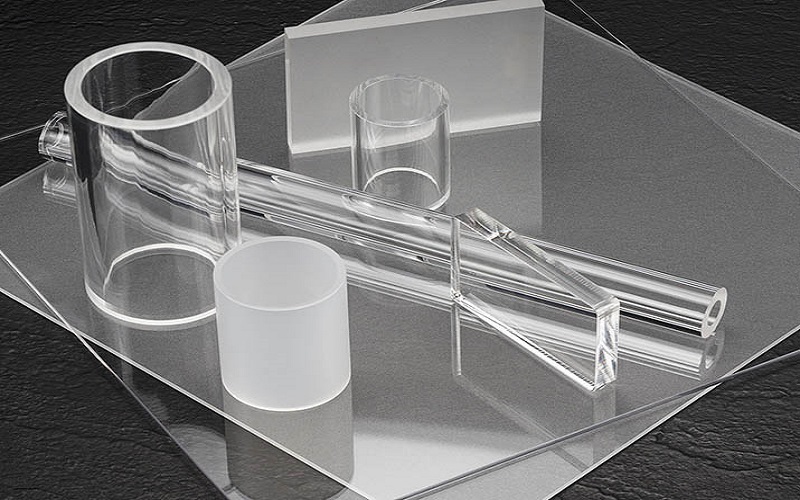
What Is Plexiglass?
The name “Plexiglass” originated from the “Plexiglas” brand introduced by Rohm and Haas in 1931, marking the first commercialization of PMMA and driving its rapid adoption in construction, automotive, and aviation industries.
As a result, plexiglass gradually became a common term for polymethyl methacrylate material.
Plexiglass is commonly used as a general term for various plastic products.
Essentially, the relationship between plexiglass and acrylic is akin to that between a brand name and the material itself.
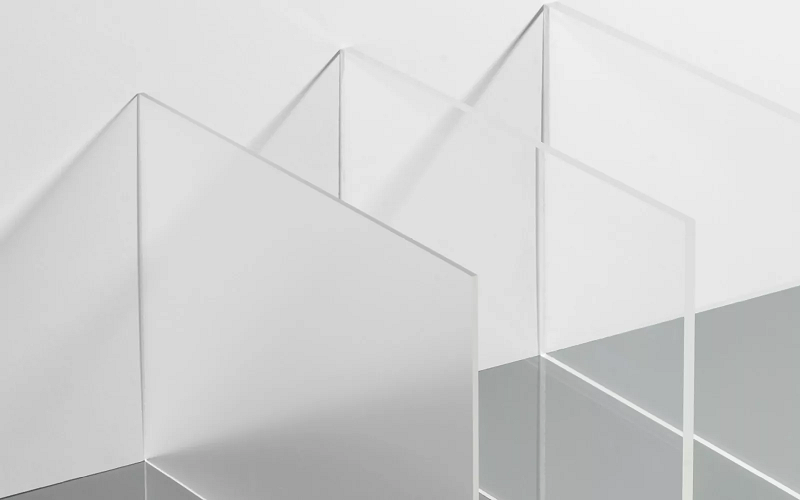
Plexiglass vs Acrylic:Performance Characteristics
Appearance
Plexiglass can be classified into four types based on appearance: colorless transparent, colored transparent, pearlescent, and embossed plexiglass.
Acrylic sheets, on the other hand, are categorized by light transmittance, including transparent sheets, translucent sheets (such as tinted transparent sheets), and colored sheets (available in black, white, and various colors).
Transparency
Both plexiglass and acrylic have high transparency, with a light transmittance of up to 92%.
Transparent acrylic sheets offer a light transmittance comparable to glass but at only half the density, making them a lightweight alternative.
Rigidity
The Mohs hardness of plexiglass is around 2.5 to 3, while acrylic sheets are slightly harder at 3 to 3.5.
This difference is mainly due to their molecular structures and production methods.
Weather Resistance
Both plexiglass and acrylic exhibit excellent weather resistance, capable of withstanding prolonged UV exposure and extreme weather conditions without yellowing or becoming brittle.
Specially treated plexiglass can resist high levels of UV radiation and harsh environments, making it widely used in outdoor applications such as building facades and signage.
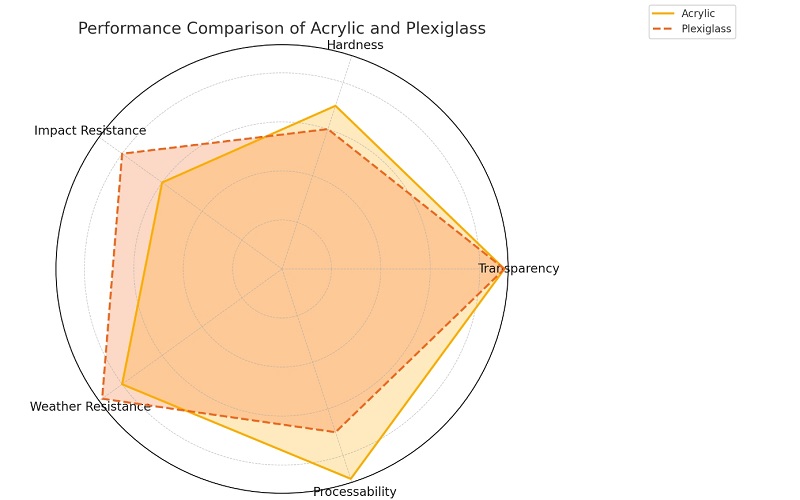
Distinction Between Plexiglass And Acrylic
There are several ways to distinguish between plexiglass and acrylic.
First, the names of these materials help differentiate them. Any transparent plastic, such as PS or PC, or sheets made from low-quality recycled MMA are generally referred to as plexiglass.
To distinguish between the two, high-quality PMMA sheets made from pure MMA are specifically labeled as acrylic sheets, setting them apart from standard plexiglass.
Second, visual inspection can be used. When comparing the clarity of light passing through, acrylic sheets closely resemble glass with a smooth, uniform texture, while regular plexiglass may show tiny particles or impurities.
Additionally, a burn test can be conducted. When burned, acrylic emits minimal black smoke and has a faint, fruity smell without producing a strong odor.
In contrast, plexiglass often releases a strong, pungent odor and more black smoke, as it typically contains more impurities or recycled plastic additives.
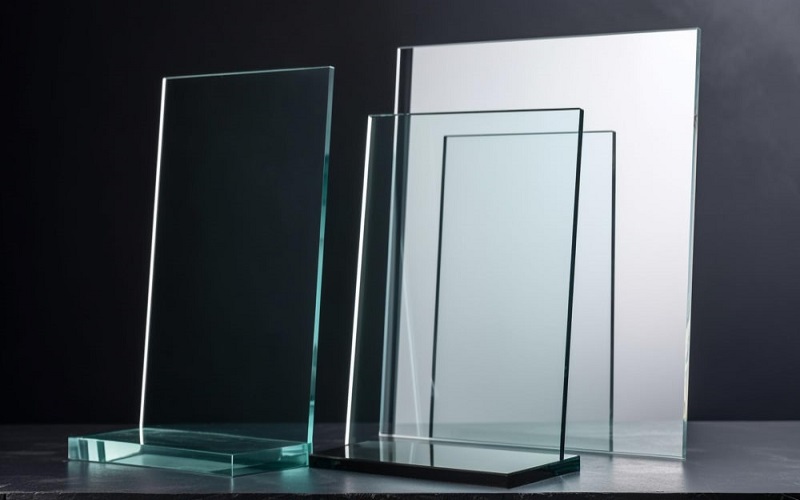
How To Process Plexiglass And Acrylic?
Since plexiglass and acrylic are essentially the same material, their processing methods are quite similar. Common processing methods include:
Casting
Primarily used to form plexiglass sheets, rods, and other profiles.
After forming, a post-treatment is required, typically involving heating at 60°C for 2 hours, followed by 2 hours at 120°C, to improve the material’s stability and quality.
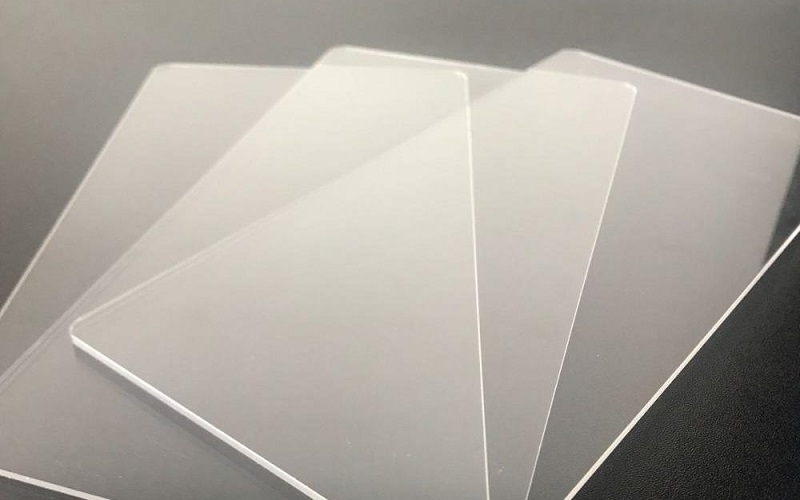
Injection Molding
PMMA pellets produced by suspension polymerization are used in standard plunger or screw injection molding machines.
PMMA injection molding products also require post-treatment to relieve internal stress, typically conducted in a hot-air circulating oven at 70-80°C for approximately 4 hours, depending on the product’s thickness.
Extrusion
Suitable for forming PMMA pipes and other profiles that are difficult to produce through casting.
Single- or twin-screw extruders with venting capabilities are commonly used, with a screw length-to-diameter ratio of 20-25.
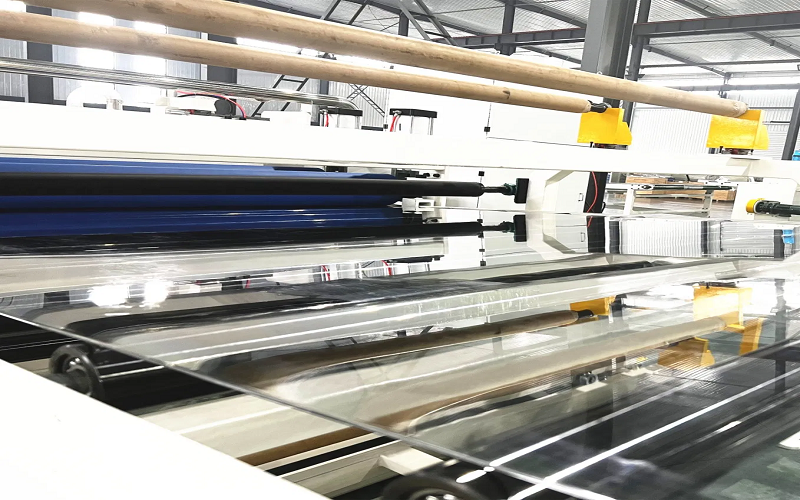
Thermoforming
Involves processing plexiglass sheets into various sizes and shapes.
The material is cut to the desired dimensions, clamped into a mold frame, and heated until softened.
Pressure is then applied to shape it against the mold surface. After cooling and trimming, the product is complete.
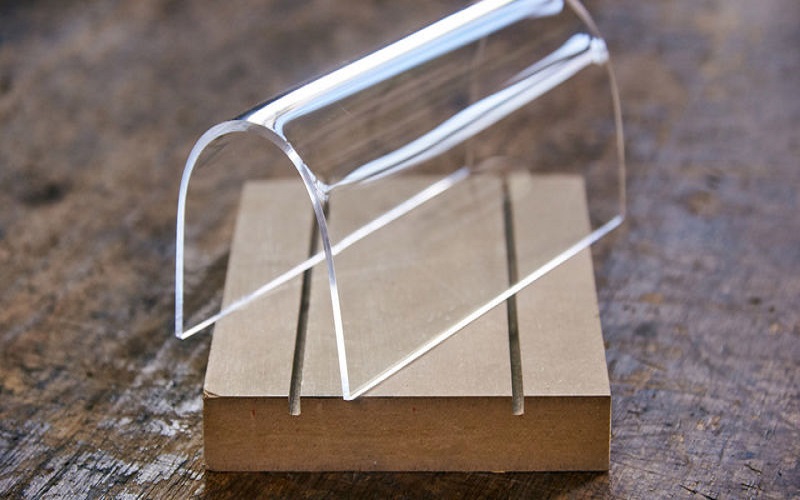
Engraving and Cutting
Used for creating intricate patterns and details on already molded acrylic or colored acrylic products, enabling hollowing and engraving for more complex designs.
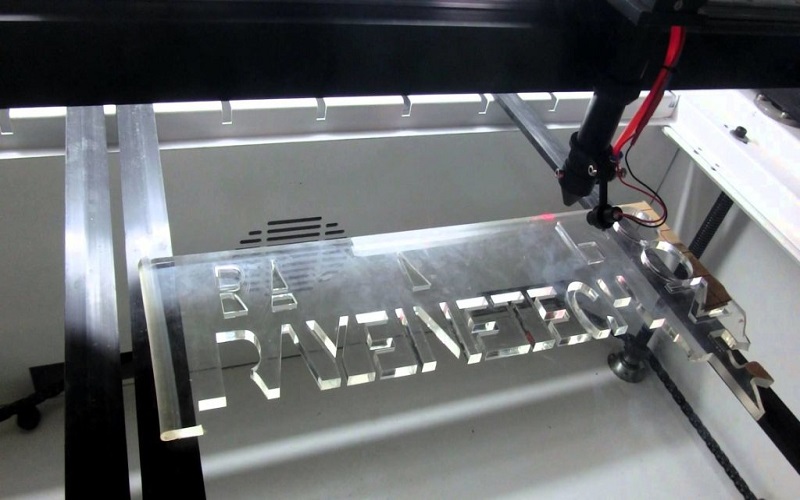
What Are Plexiglass And Acrylic Used For?
In terms of applications, plexiglass and acrylic have many overlapping uses, but there are also some distinctions.
Plexiglass is often preferred for functional and durable applications such as construction materials, transparent partitions, and protective covers.
Its high transparency and impact resistance make it well-suited for curtain walls, sunrooms, sound barriers, and industrial protective shields, where strength and safety are essential.
On the other hand ,Acrylic is more commonly used in advertising, decoration, handicrafts, and display products, where appearance and aesthetics are prioritized.
Acrylic is easy to process, highly versatile, and can be customized in various colors, making it ideal for eye-catching applications such as signage, display stands, interior decorations, and art installations.
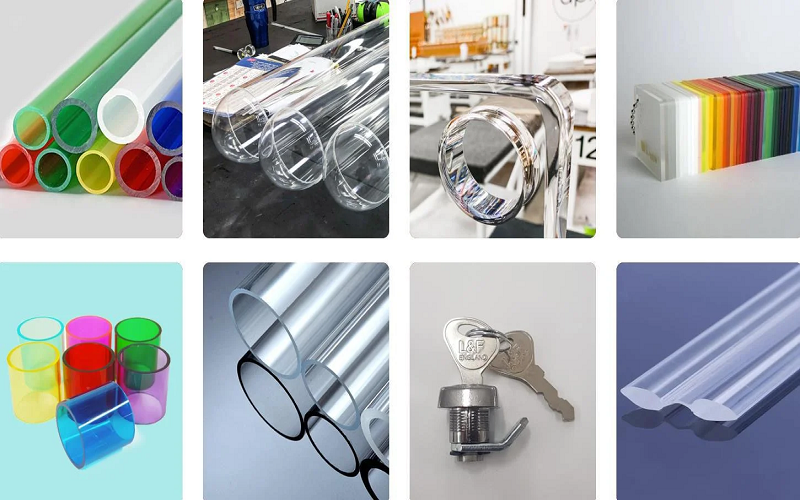
Costs of Plexiglass and Acrylic
Generally, acrylic sheets are more expensive than standard plexiglass.
The price of acrylic sheets typically ranges from 26-28 RMB per kilogram, while the cost of plexiglass varies depending on its application, size, and density.
For example, the procurement price of raw acrylic material can be as high as tens of thousands of RMB per ton, which is reflected in the higher price of finished acrylic sheets.
In contrast, plexiglass is usually priced per kilogram or per square meter, with the specific cost determined by its specifications and density.
For instance, a plexiglass sheet with a thickness of 3mm and dimensions of 1.2m x 2.4m is priced at approximately 250 RMB.
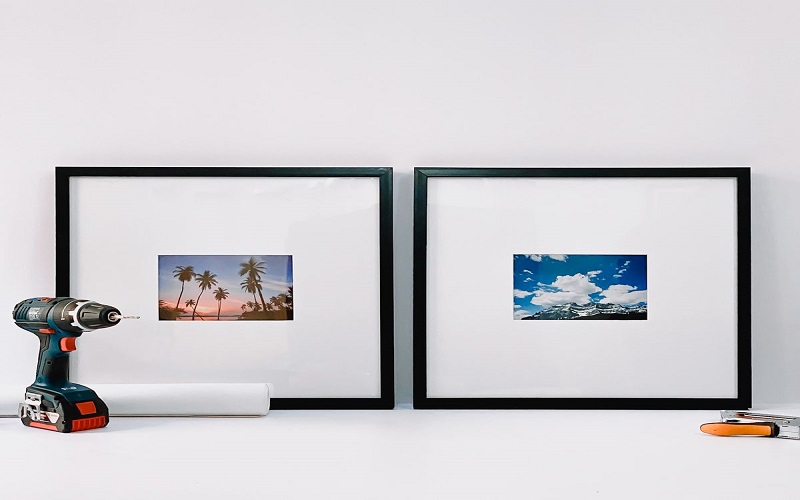
Conclusion
In summary, plexiglass and acrylic share many similarities. As mentioned earlier, they are essentially the same material with different names depending on the application context.
However, they still have subtle differences in performance, processing, applications, and cost.
In practical applications, users should choose the most suitable material based on their specific needs.
We hope this article helps readers better understand the differences between plexiglass and acrylic, providing valuable guidance for material selection in daily life and work.
Additionally, as a leading acrylic sheet manufacturer in China, FOWMOULD can supply high-quality acrylic sheets in various specifications according to customer requirements. Please feel free to contact us for more information.
